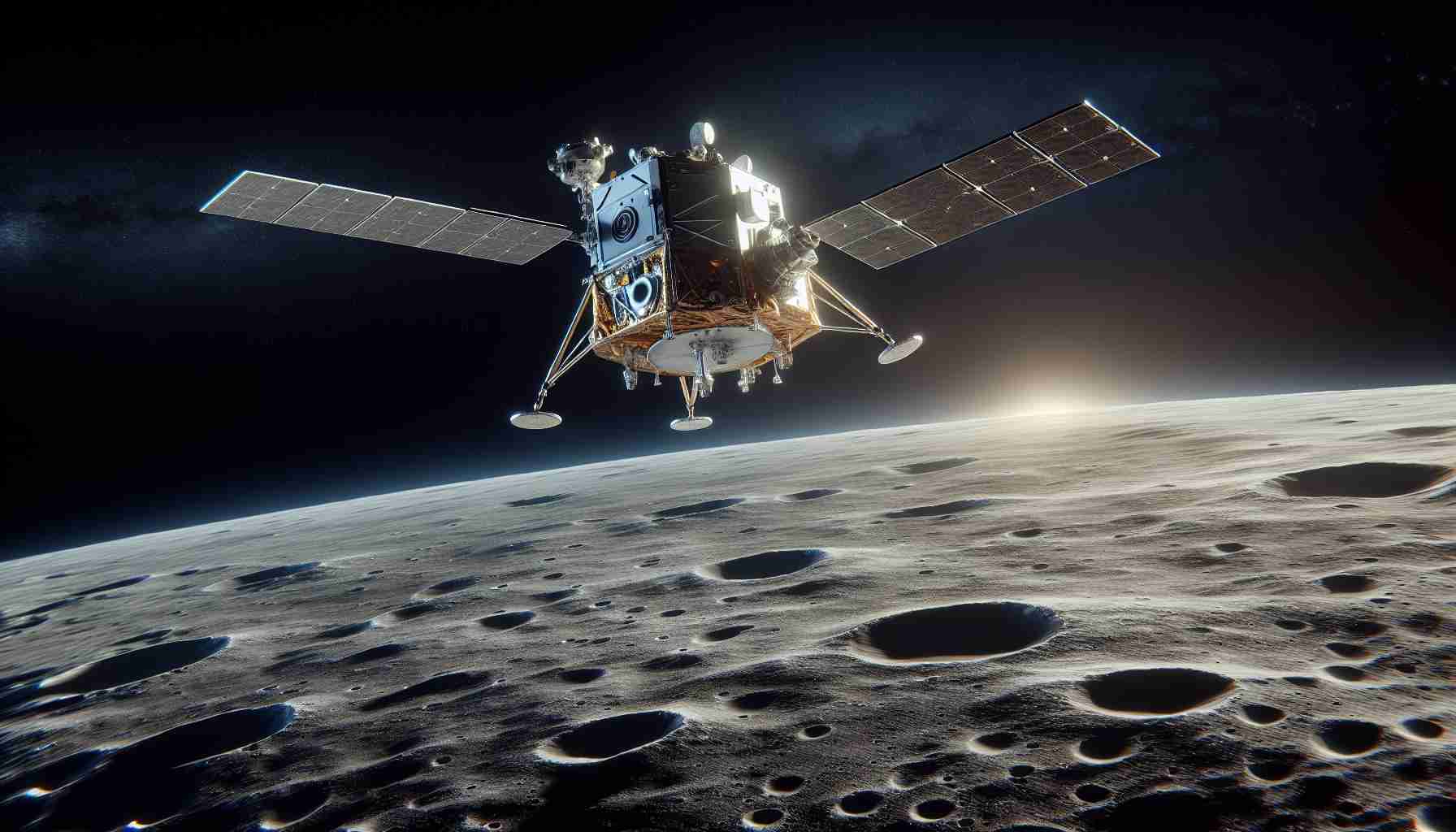A New Chapter in Lunar Exploration
In a groundbreaking achievement, SpaceX has propelled two innovative lunar landers, Blue Ghost and Resilience, into space on January 15, 2025. Launching aboard a Falcon 9 rocket, these remarkable vehicles are developed by Firefly Aerospace from Texas and ispace based in Tokyo, heralding a transformative shift towards commercial space exploration.
While both landers strive to unlock the secrets of the Moon, their missions present unique features and strategies that exemplify the diversity of today’s space industry. Blue Ghost, Firefly Aerospace’s pioneering lander, will spend the initial weeks in Earth orbit for system checks before embarking on a four-day journey to Mare Crisium, where it aims to investigate lunar regolith and capture stunning images of a lunar sunset.
On the other hand, ispace’s Resilience will take a more roundabout route, utilizing an eco-friendly trajectory to reach Mare Frigoris. Resilience carries a microrover named Tenacious and an artistic piece symbolizing humanity’s aspirations—embodying the blend of art and science in space exploration.
This historic launch emphasizes the increasing involvement of private companies within the realm of outer space. As NASA collaborates with these commercial ventures, opportunities for groundbreaking research and technological advancements soar. With both missions, the future of lunar exploration appears bright, setting the stage for humanity’s next leaps into the cosmos.
Exploring the Moon: The Future of Commercial Lunar Missions
A New Era of Lunar Exploration
The recent launch of two innovative lunar landers, Blue Ghost and Resilience, marks a pivotal moment in the evolution of space exploration. Developed by Firefly Aerospace and ispace, these missions not only seek to unravel the mysteries of the Moon but also showcase the expanding role of commercial entities in this domain. This article explores the features, prospects, and the broader implications of these lunar missions.
Features of the Lunar Landers
– Blue Ghost:
– Mission Overview: This lander will initially orbit Earth for several weeks to perform crucial system checks.
– Destination: After verifying its systems, Blue Ghost will embark on a four-day journey to Mare Crisium, where it will conduct a thorough analysis of the lunar regolith.
– Unique Aspects: The mission aims to capture high-resolution images of the lunar sunset, blending scientific research with stunning visual documentation.
– Resilience:
– Mission Overview: Resilience plans to take a less direct, eco-friendly trajectory to Mare Frigoris.
– Payloads: It will carry the microrover Tenacious, designed for surface exploration, as well as a piece of art that symbolizes human creativity and aspirations in space.
– Innovative Approach: This mission hails a significant integration of artistic expression within scientific exploration, promoting a holistic view of humanity’s efforts in space.
Pros and Cons of Commercial Lunar Missions
Pros:
– Increased Accessibility: Commercial missions like these lower the barrier to entry for lunar exploration.
– Innovation Boost: The involvement of private companies fosters innovation and efficiency in spacecraft design and mission execution.
– Collaborative Opportunities: NASA and private firms working together can expedite technological advancements and broaden research scopes.
Cons:
– Regulatory Challenges: The rapid rise of private space missions can create complexities regarding regulation and oversight in space.
– Resource Allocation: There’s a concern that the focus on commercial interests may skew priorities away from scientific discovery.
Market Trends and Predictions
The recent launch signals a growing trend toward commercial lunar exploration, with significant investments pouring into this sector. Analysts predict that partnerships between government space agencies and private companies will become more common, increasing the frequency of lunar missions. This shift may lead to the establishment of sustainable lunar habitats and pave the way for future expeditions to Mars and beyond.
Insights into Security and Sustainability
As commercial entities increasingly engage in space exploration, security becomes paramount. Companies must ensure data integrity and protect their technology from potential threats. Furthermore, sustainability is a crucial focus; both Blue Ghost and Resilience are designed with eco-friendly practices in mind, setting a precedent for future missions.
Conclusion: A Bright Future Ahead
The successful launch of Blue Ghost and Resilience not only enhances humanity’s understanding of the Moon but also reinforces the role of private sector innovation in space exploration. As we stand at the cusp of a new era, the potential for groundbreaking discoveries and technological advancements appears limitless, promising an exhilarating future for lunar exploration and beyond.
For more insights into space missions and technology advancements, visit SpaceX’s official website.
